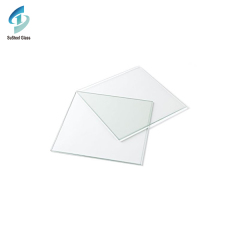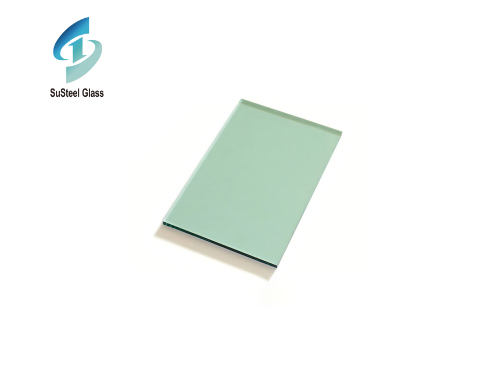The evolution of glass technology has reached new heights with the introduction of
ultra-thin glass, a revolutionary material that is transforming industries and consumer electronics. This article explores the characteristics, applications, and impact of ultra-thin glass, showcasing its role in shaping the future of lightweight and flexible displays.
Ultra-thin glass, often measuring in micrometers, is characterized by its remarkable flexibility and transparency. This groundbreaking material has found widespread use in the production of bendable displays for smartphones, tablets, and wearable devices. The flexibility of
ultra-thin glass allows for sleek, foldable designs that enhance user experience and portability.
The manufacturing process involves precision engineering and cutting-edge techniques to achieve the desired thinness without compromising structural integrity. The result is a glass substrate that maintains optical clarity, durability, and scratch resistance, surpassing traditional glass in terms of versatility.
One of the key applications of ultra-thin glass is in the development of flexible and rollable screens, contributing to the ongoing trend of innovation in the electronics industry. This not only enhances the aesthetics of devices but also opens up possibilities for new form factors and functionalities.
Moreover, ultra-thin glass is gaining prominence in automotive displays, providing lightweight and durable solutions for heads-up displays, infotainment systems, and instrument clusters. Its incorporation in these applications enhances safety and design aesthetics in modern vehicles.
As the demand for thinner, lighter, and more flexible displays continues to grow, ultra-thin glass stands at the forefront of materials innovation. Its impact extends beyond consumer electronics, influencing advancements in medical devices, augmented reality, and various other fields. The future holds exciting prospects for ultra-thin glass, as researchers and manufacturers explore new applications and further refine its properties.


 Exploring the World of Green Tinted Glass Products: Versatility and Sustainability
Exploring the World of Green Tinted Glass Products: Versatility and Sustainability
 Exploring the Versatility and Elegance of Custom Thick Glass
Exploring the Versatility and Elegance of Custom Thick Glass



